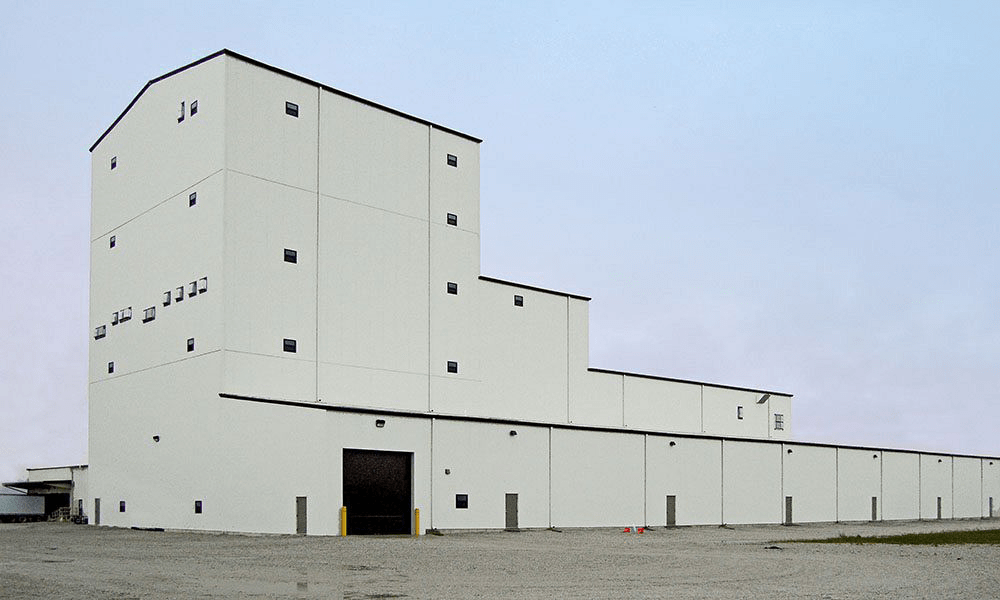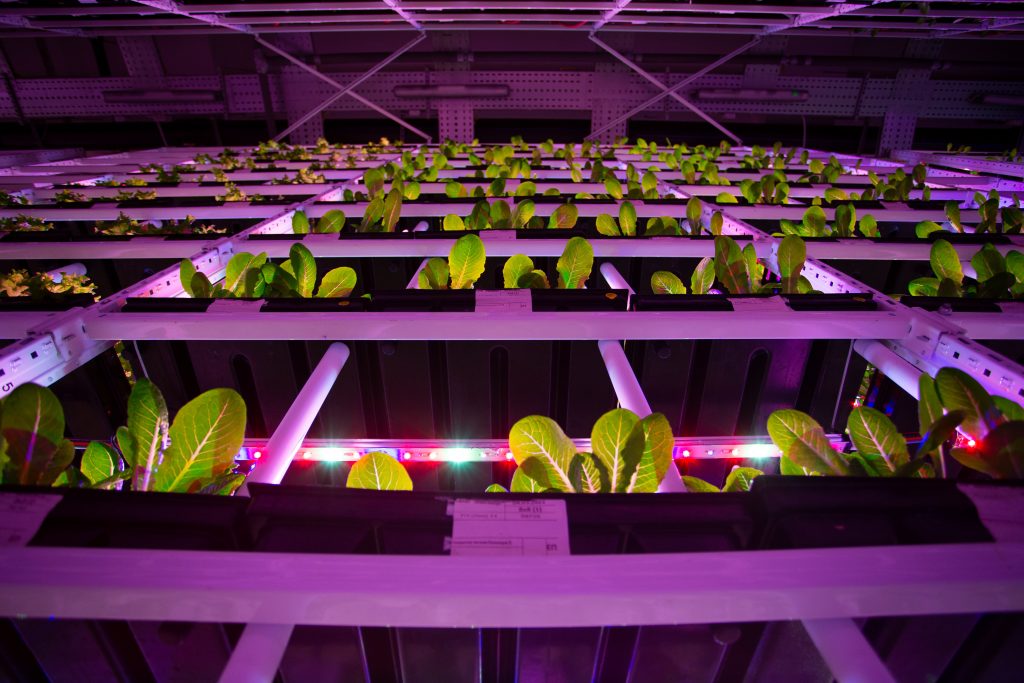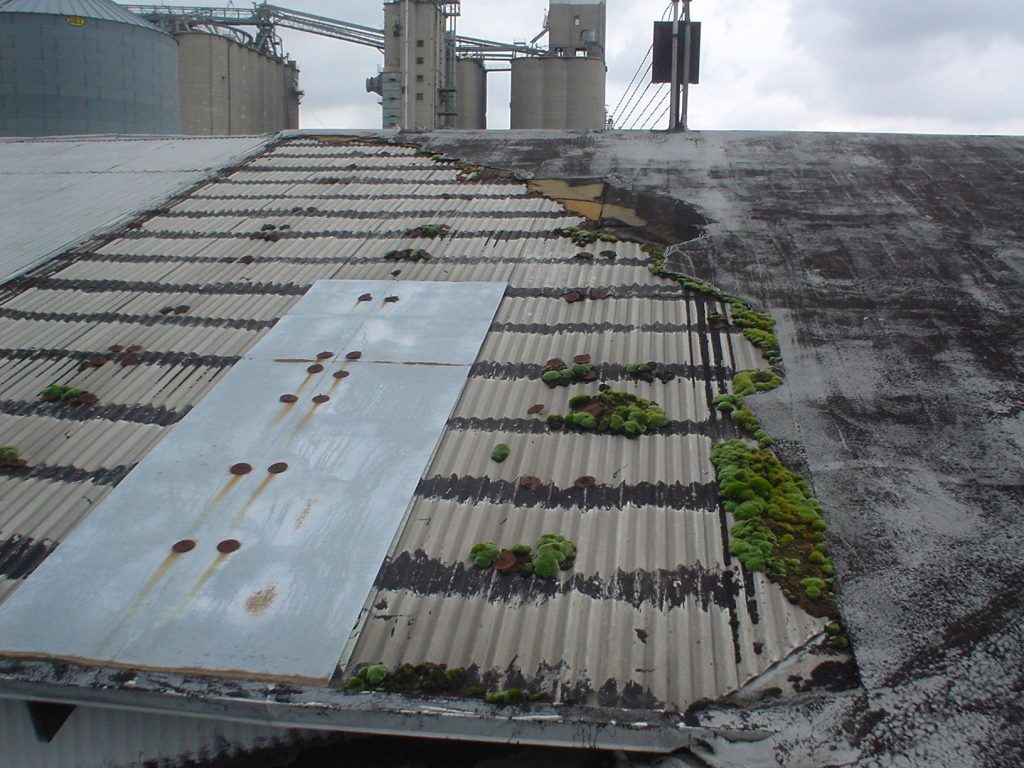Commercial Food Production Plants and Facilities
The US is home to roughly 36,486 food and beverage processing facilities or (plants), according to the Census Bureau’s latest data from 2017. The lion’s share of production goes to meat processing, dairy, and beverages, accounting for almost 50% of the agricultural goods shipped in 2018. The US agricultural exports in 2019 totaled $136.7 billion.
Traditionally, the majority of food-safety focus has been paid to the cleanliness, equipment, and procedures of the manufacturing process. However, events as recent as the 2009 recall by Peanut Corp. of America, have served to remind plant managers and quality control professionals alike, to look above their heads and consider the state of their agriculture commercial roof as well.

Too Much Moisture Breeds Disaster
It’s critical that our agricultural manufacturing sector maintain their facilities to ensure the highest degree of precaution when it comes to producing intermediate and final goods. This is especially true when considering the industry trend of company and plant consolidation. As these plants and facilities continue to grow larger, so too does the task of keeping them leak-free.
Excess moisture isn’t just about what drips down onto the production floor. Imagine how saturated the insulation beneath the roof must be before it drips. Moisture can begin to grow mold after 24-48 hours. If it’s in your insulation, you can’t see it. Your production floor can be spotless while millions of mold spores fall from the ceiling unnoticed. Keep in mind, that mold spores aren't the only health risk associated with wet insulation.

Commercial Production Deserves a Commercial Roofing Solution
We’ve been fixing and restoring commercial facility roofs for 40 years. We understand what’s at stake, and we know how to do it right. We can help get your production space watertight.
